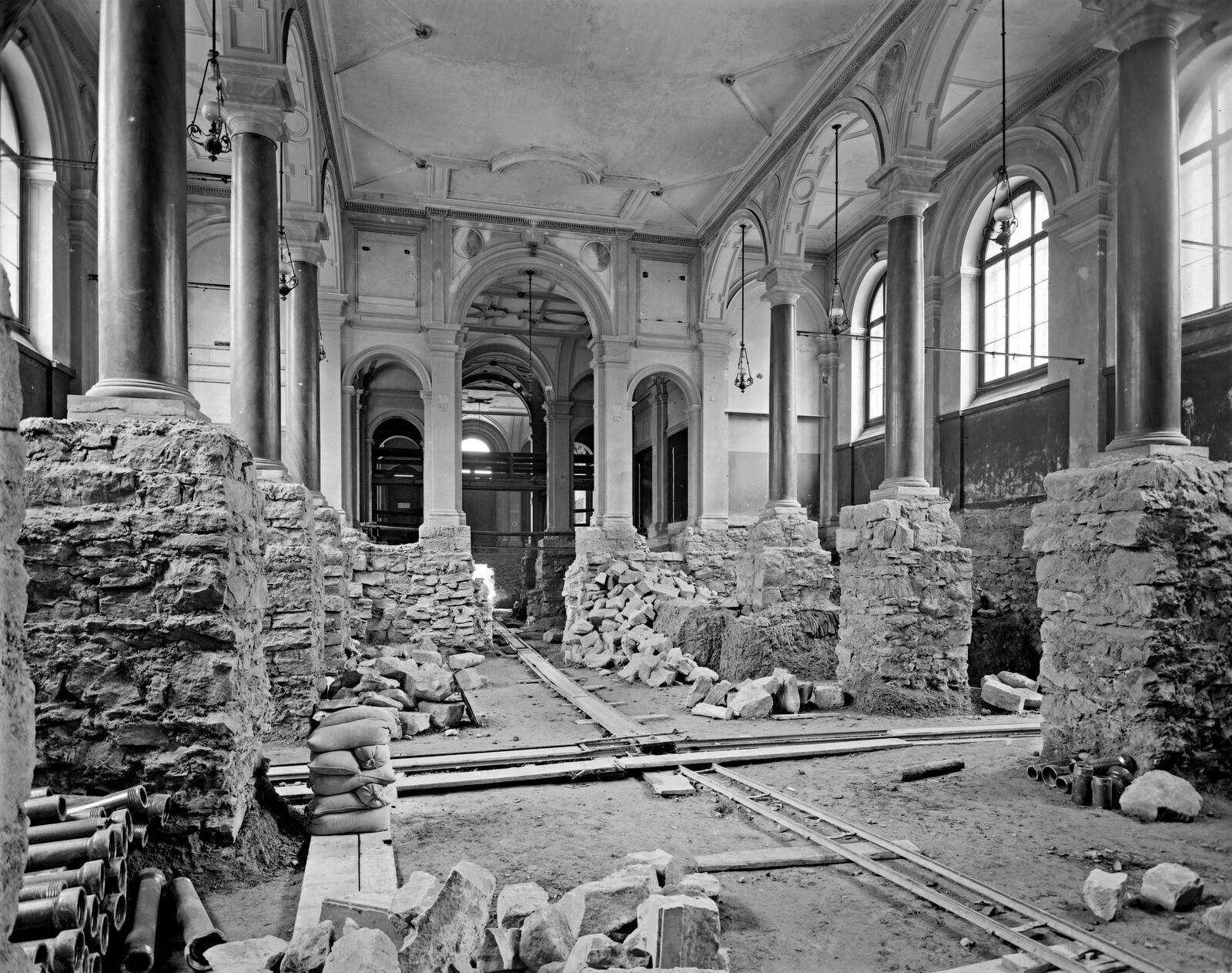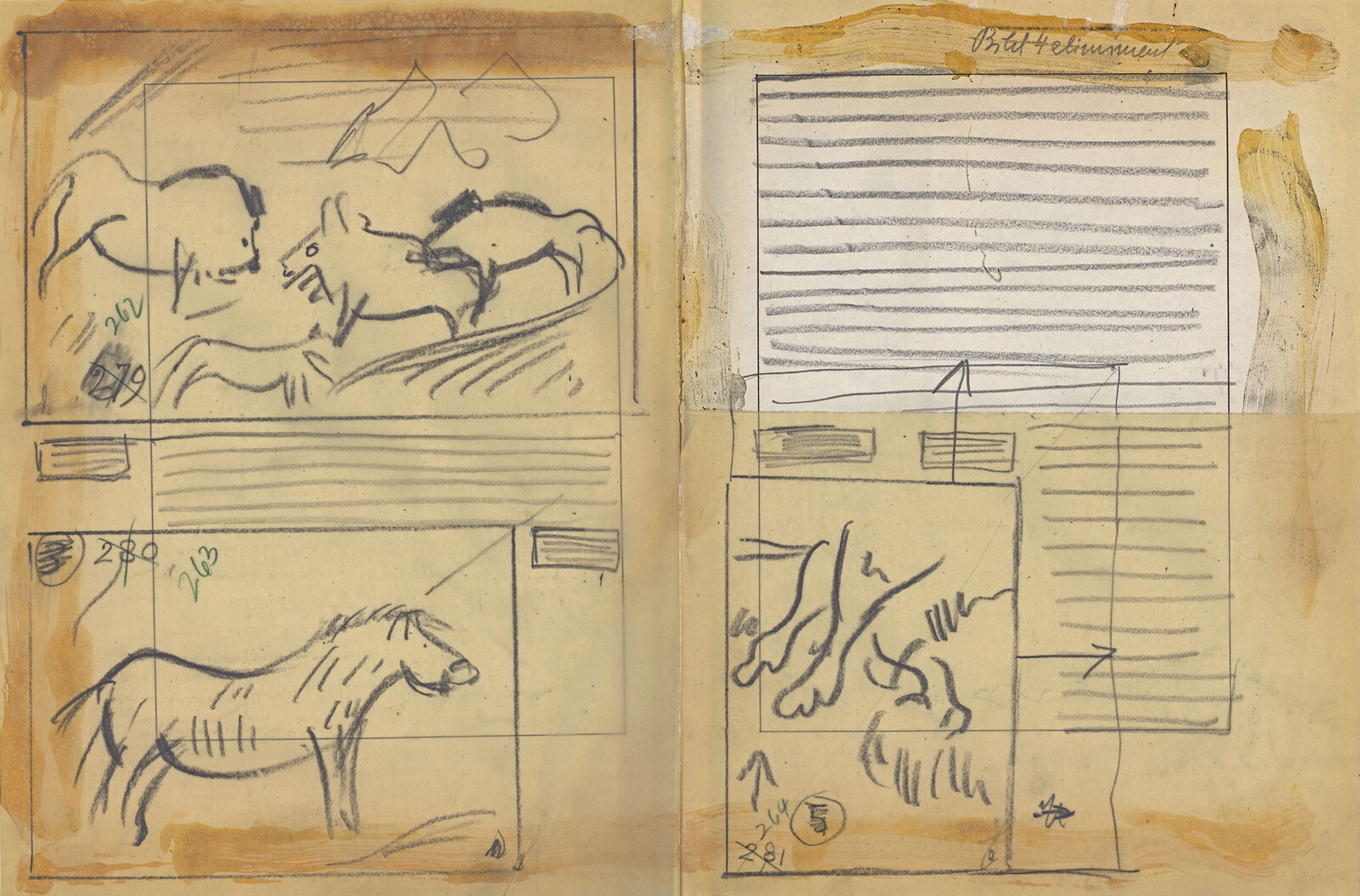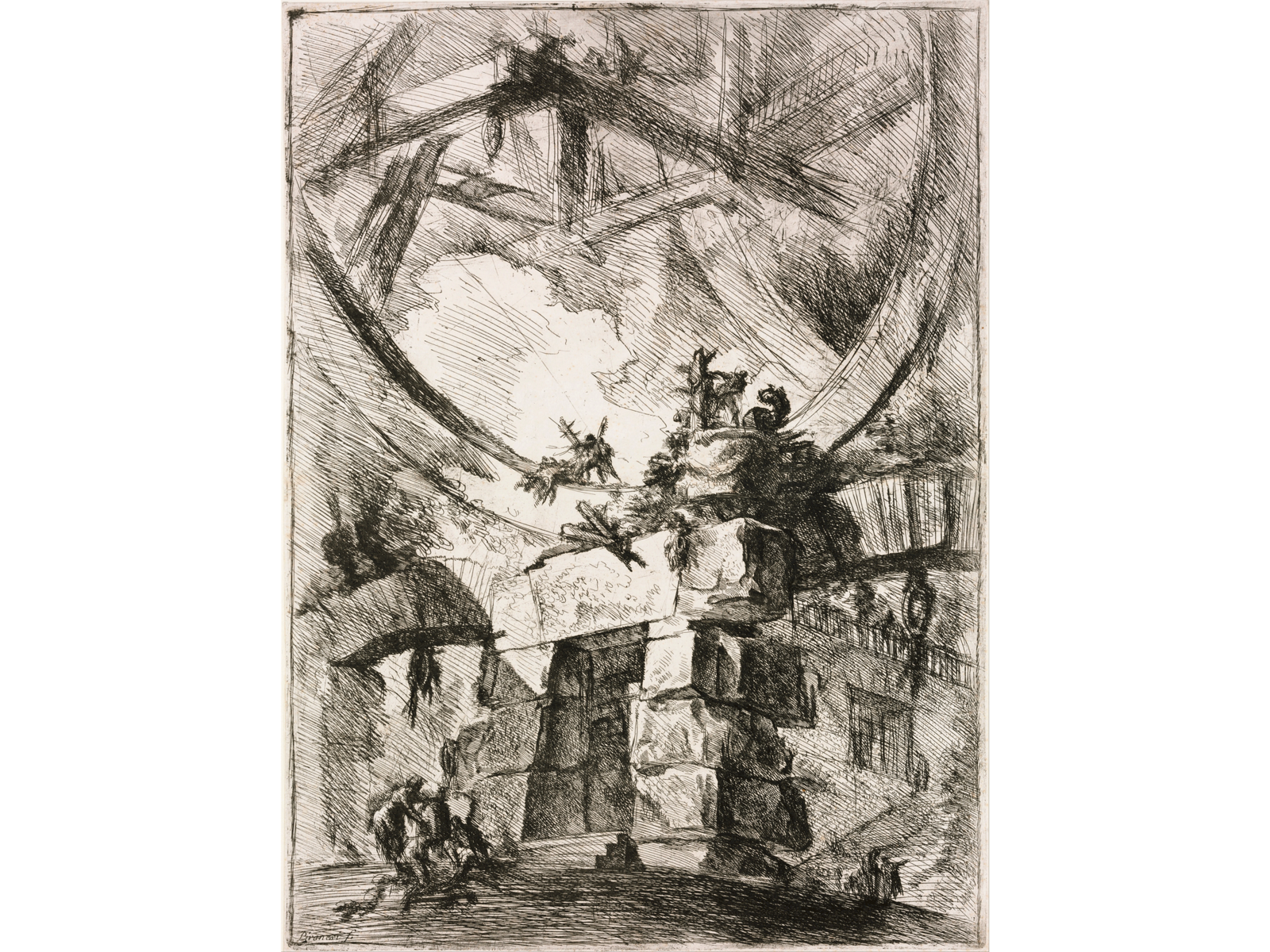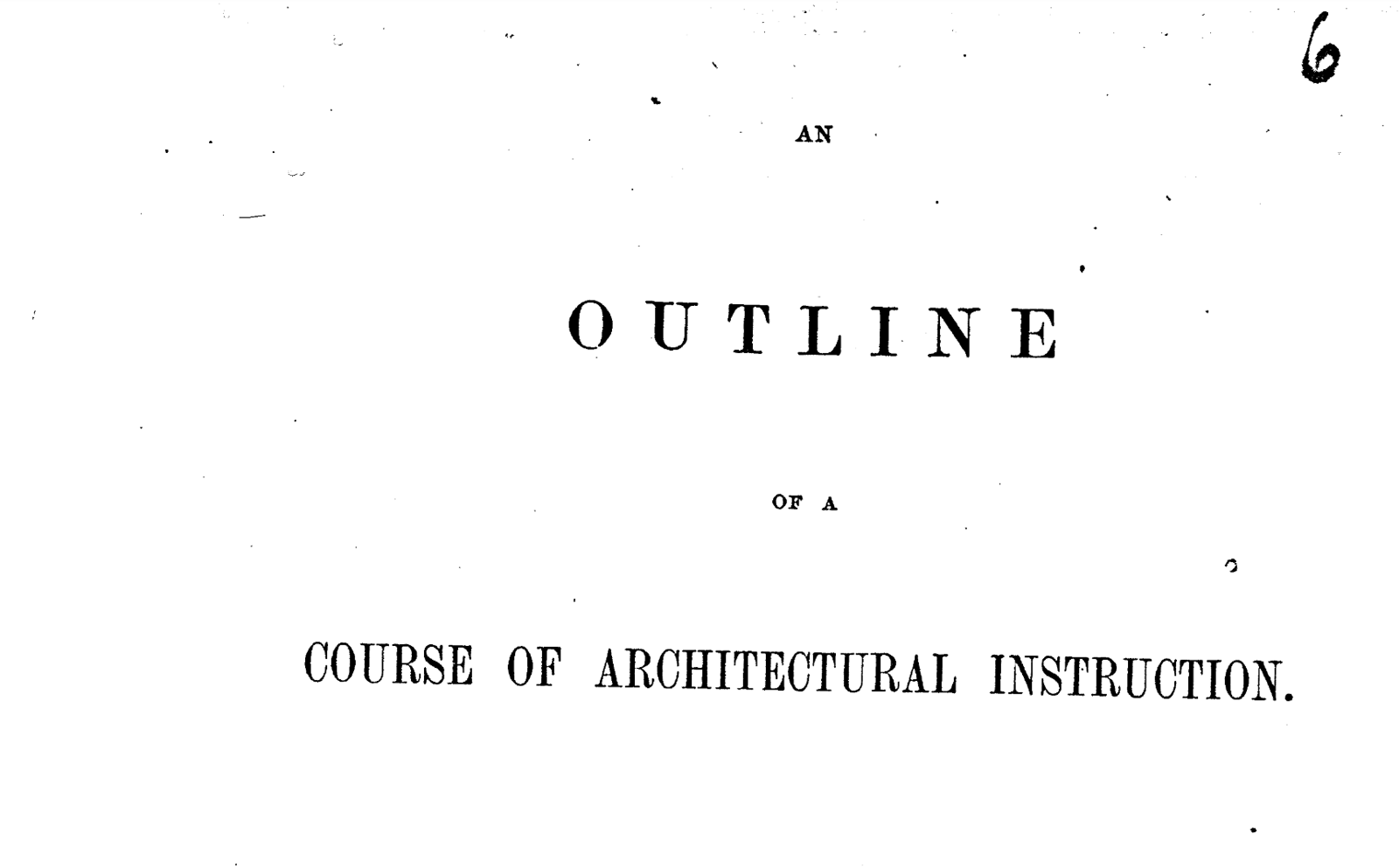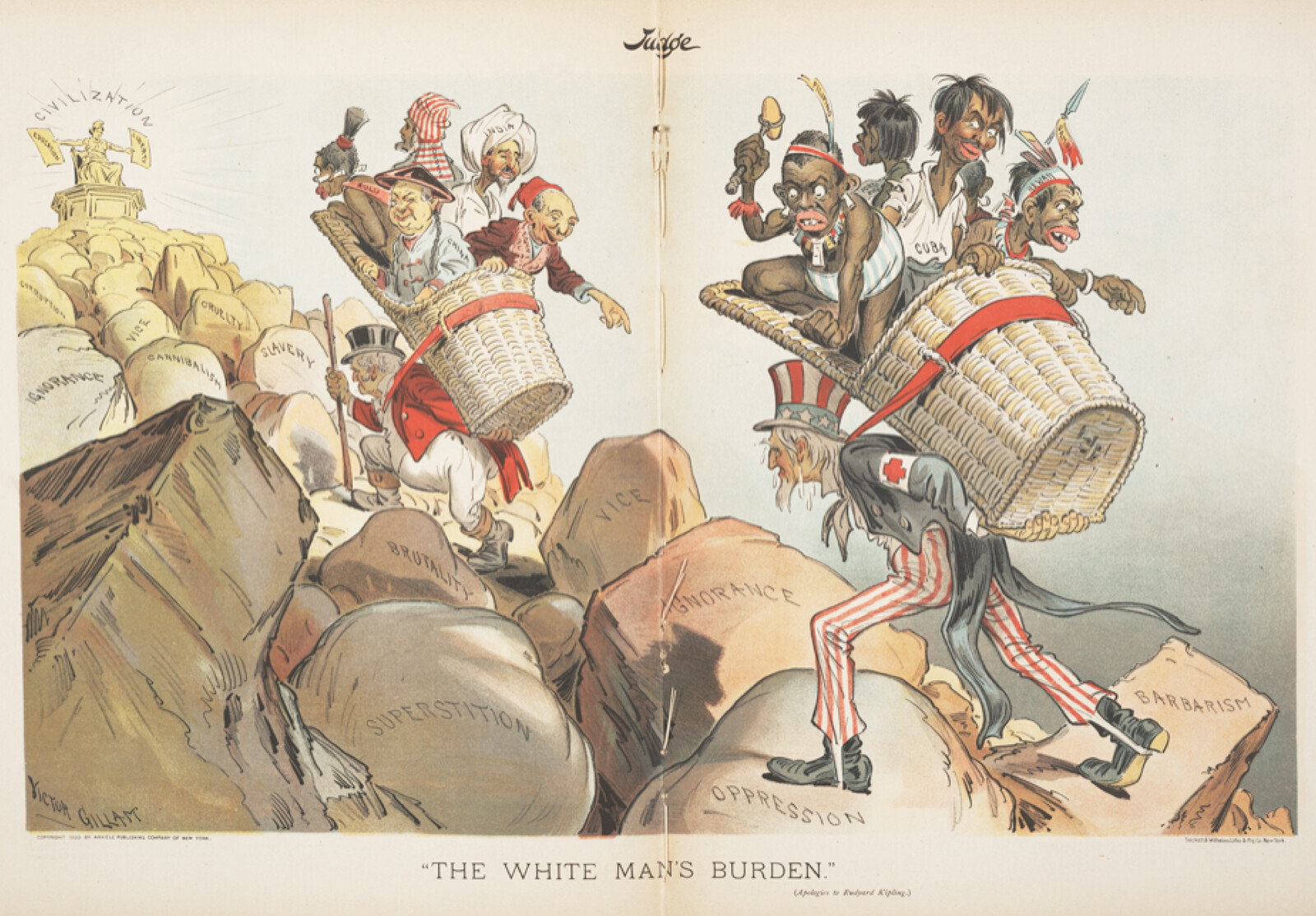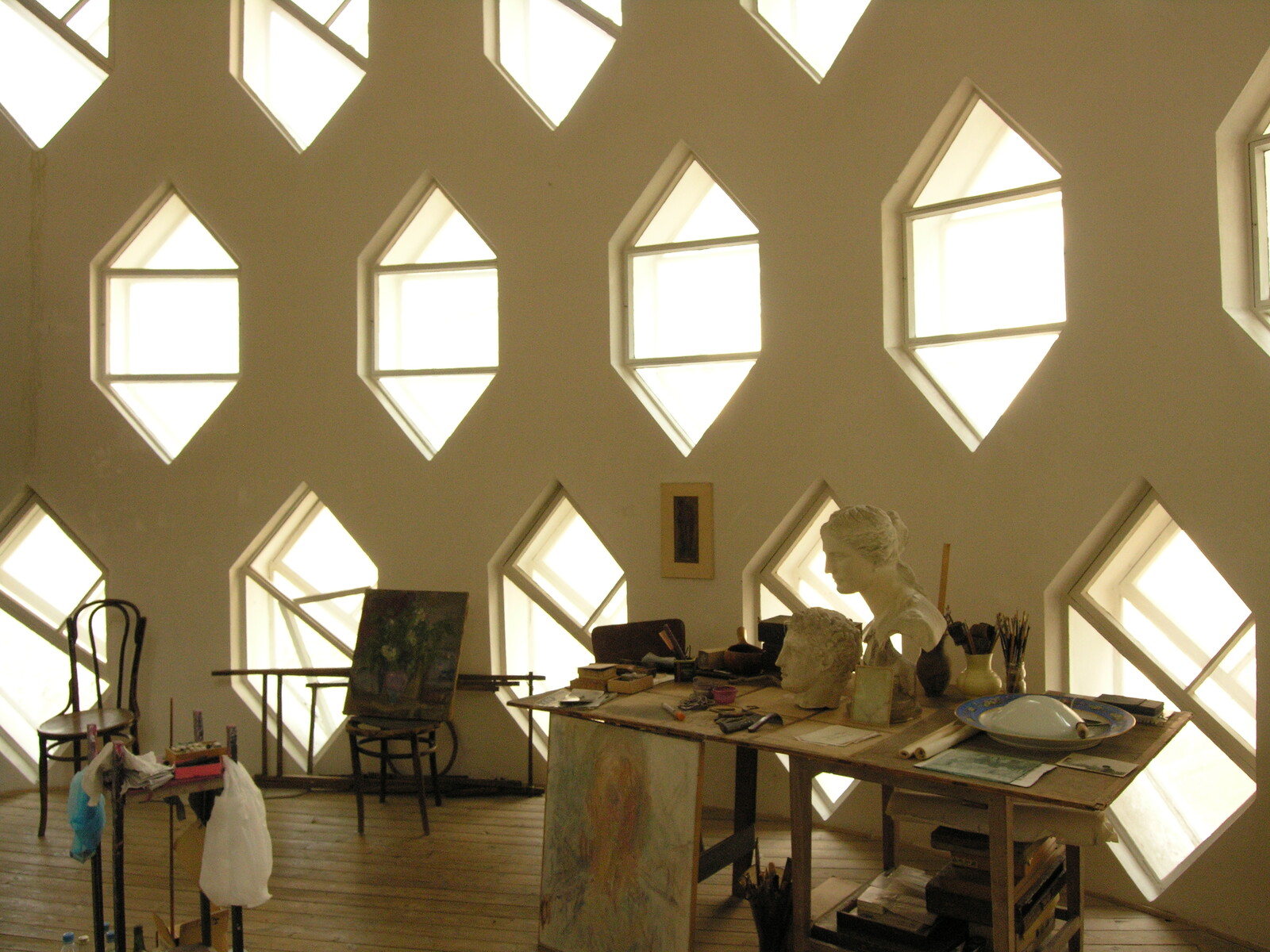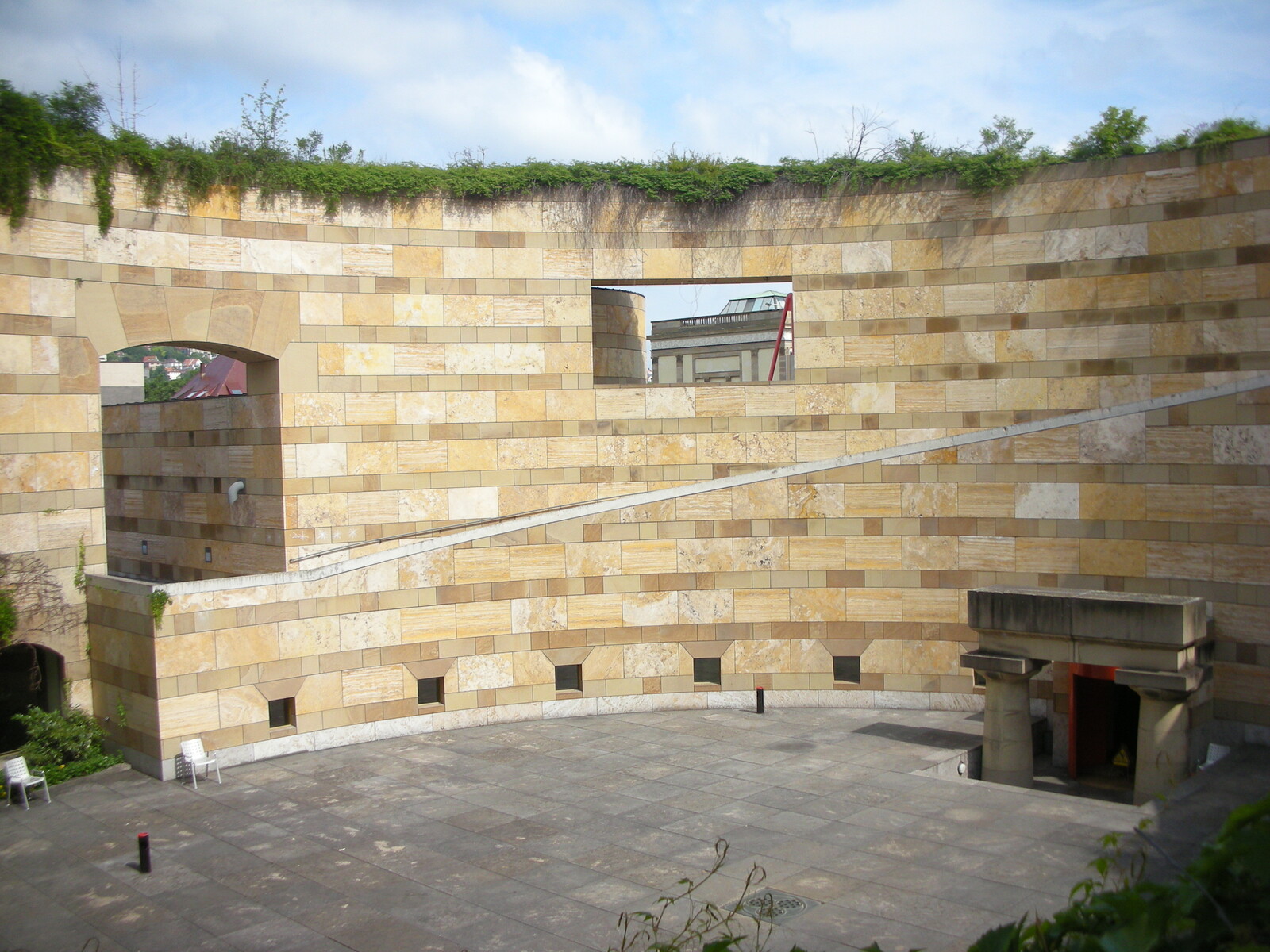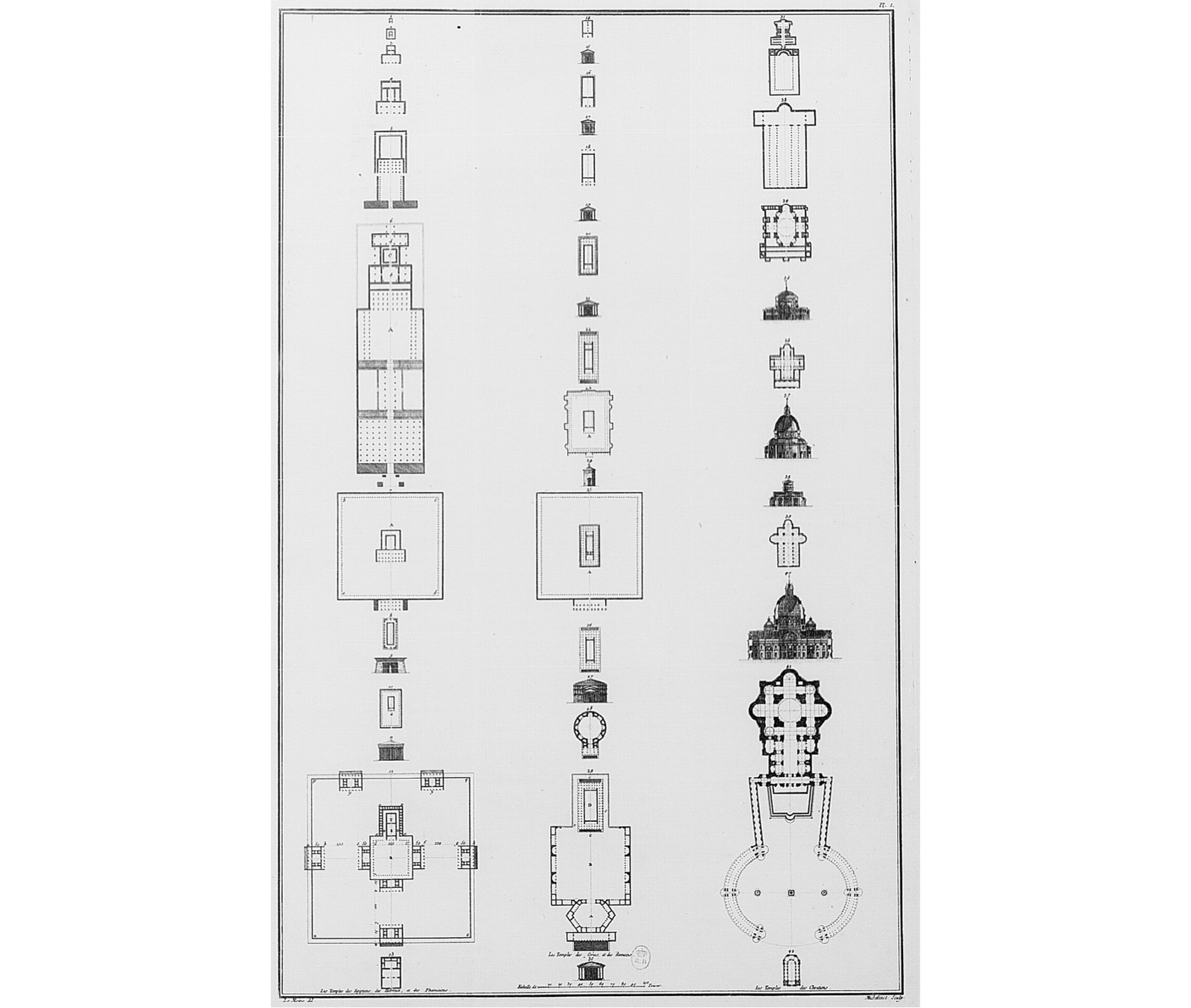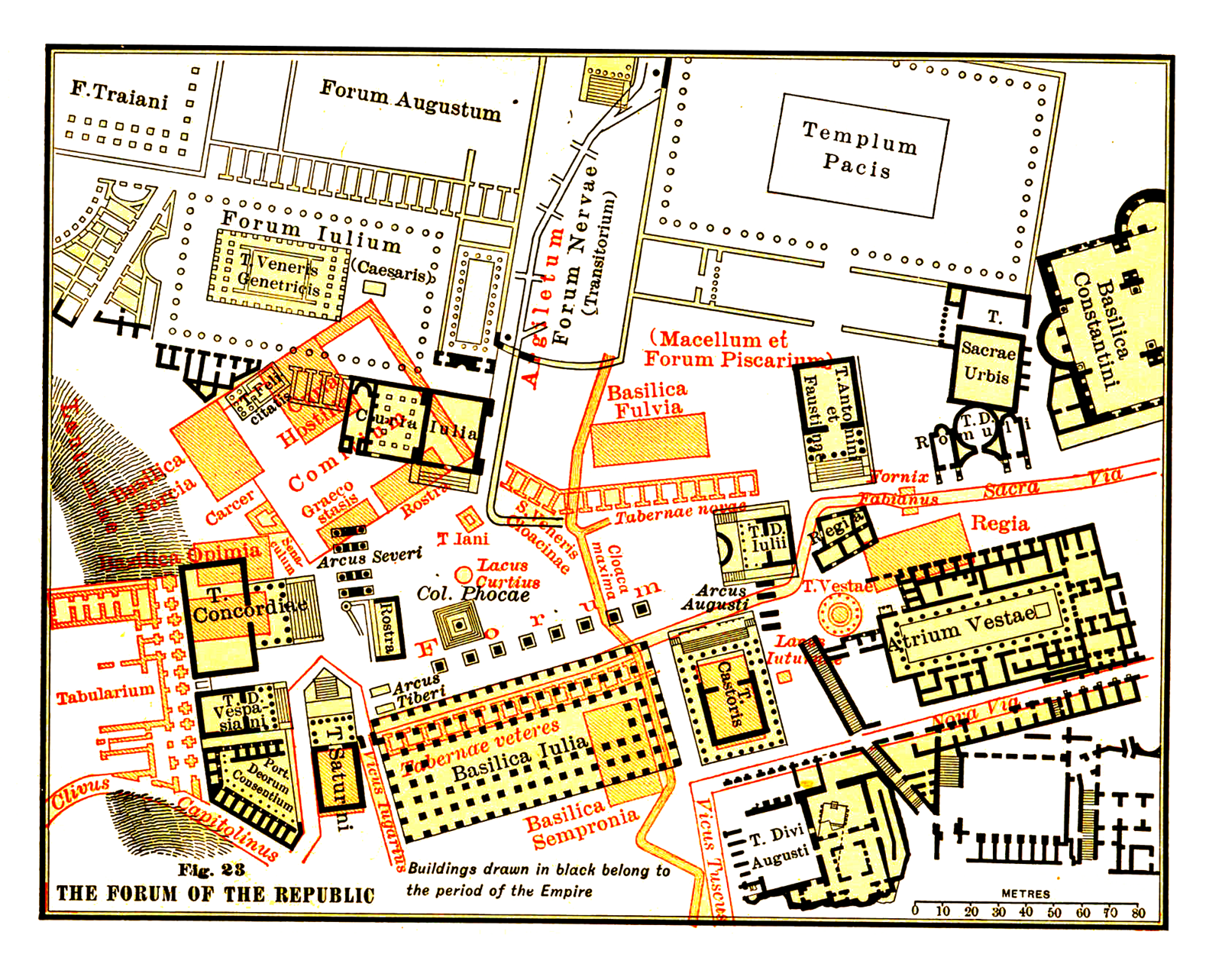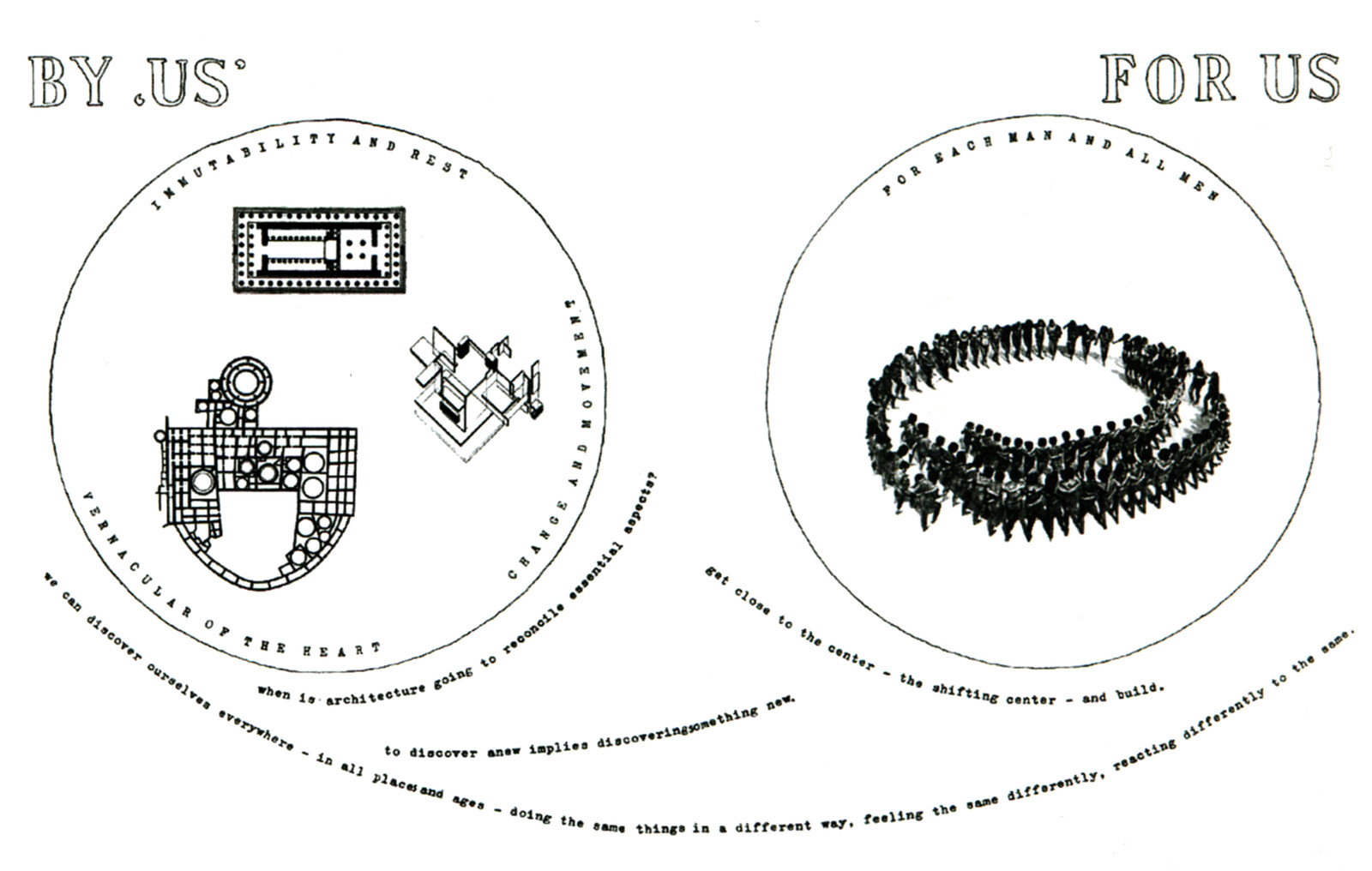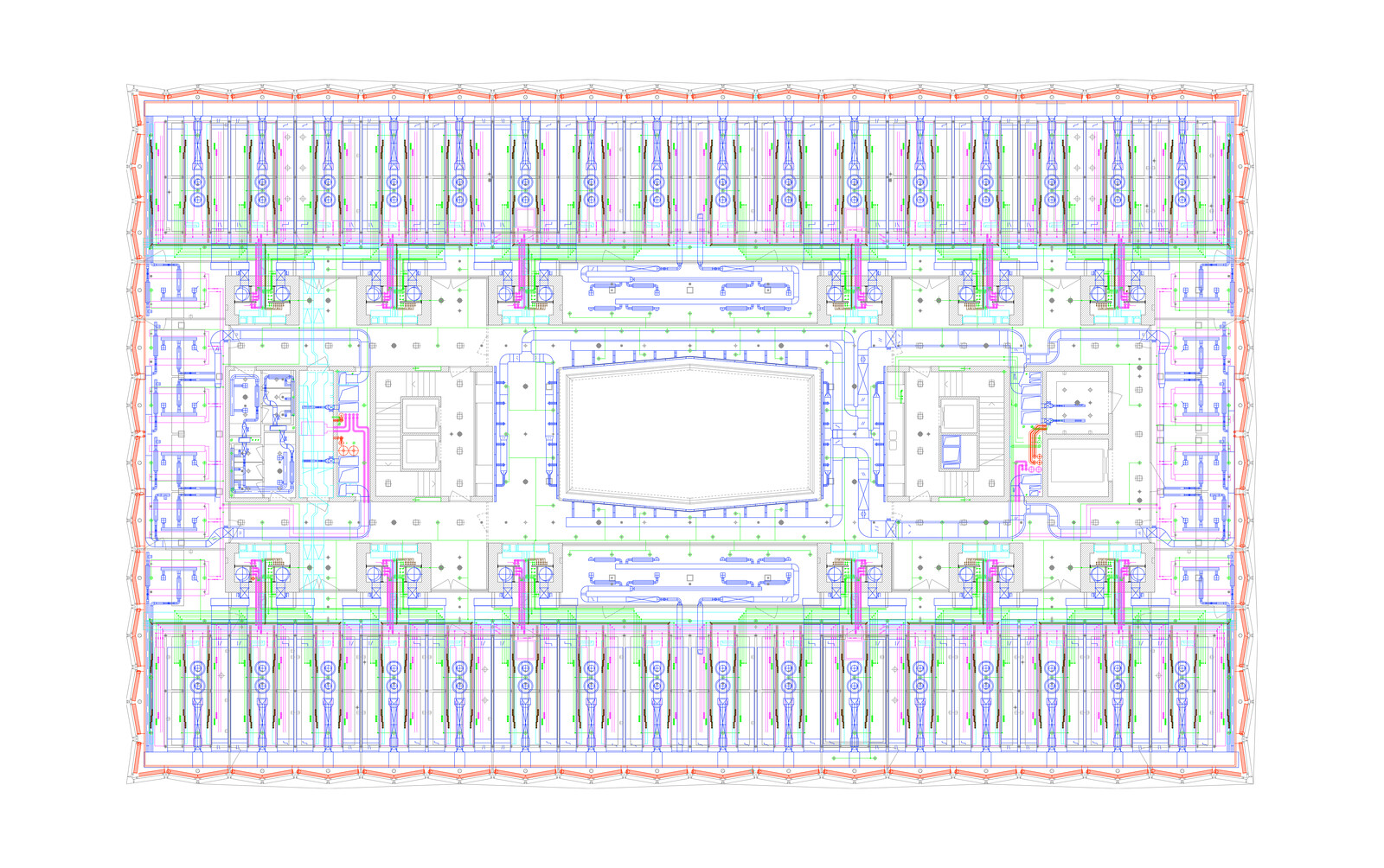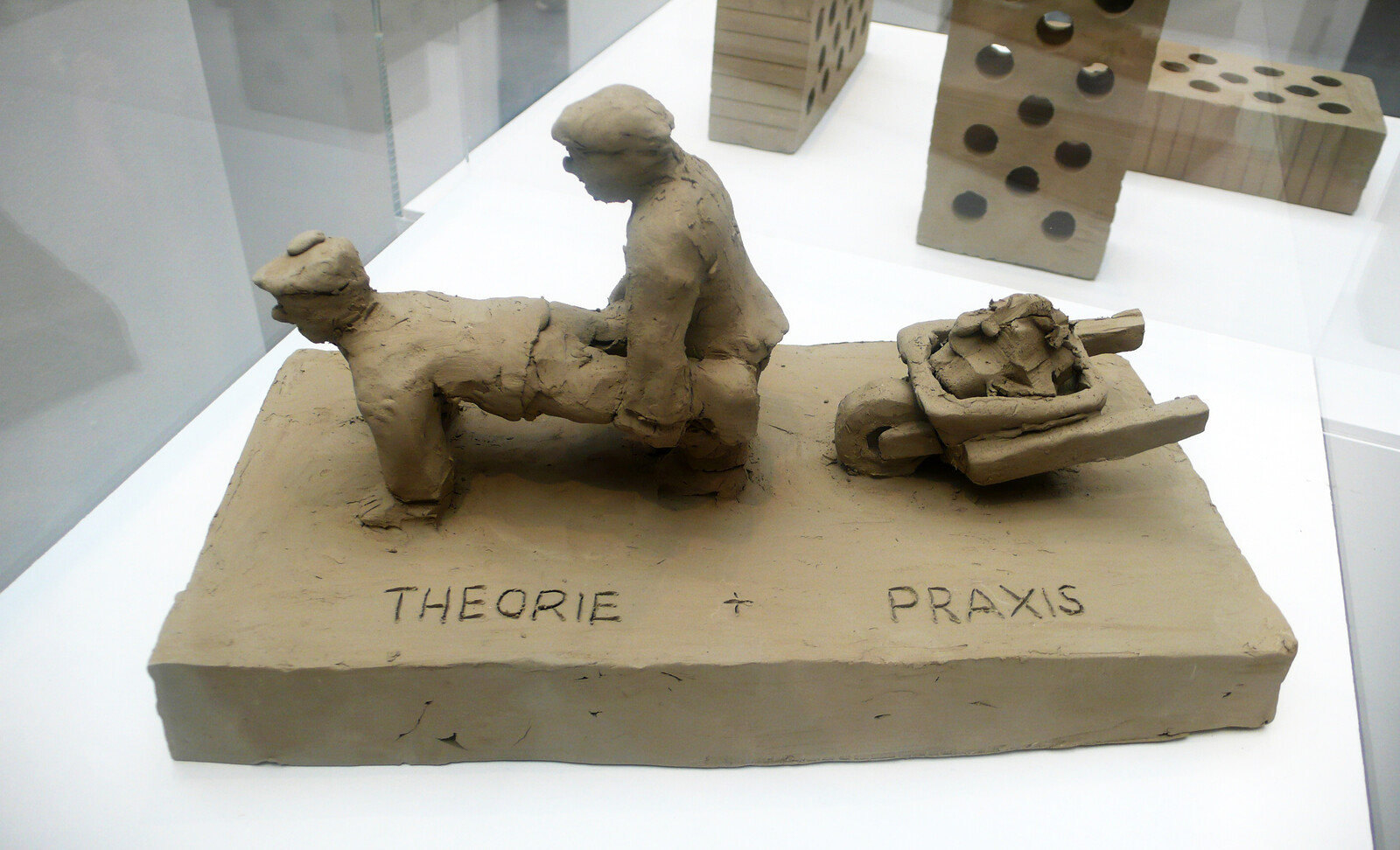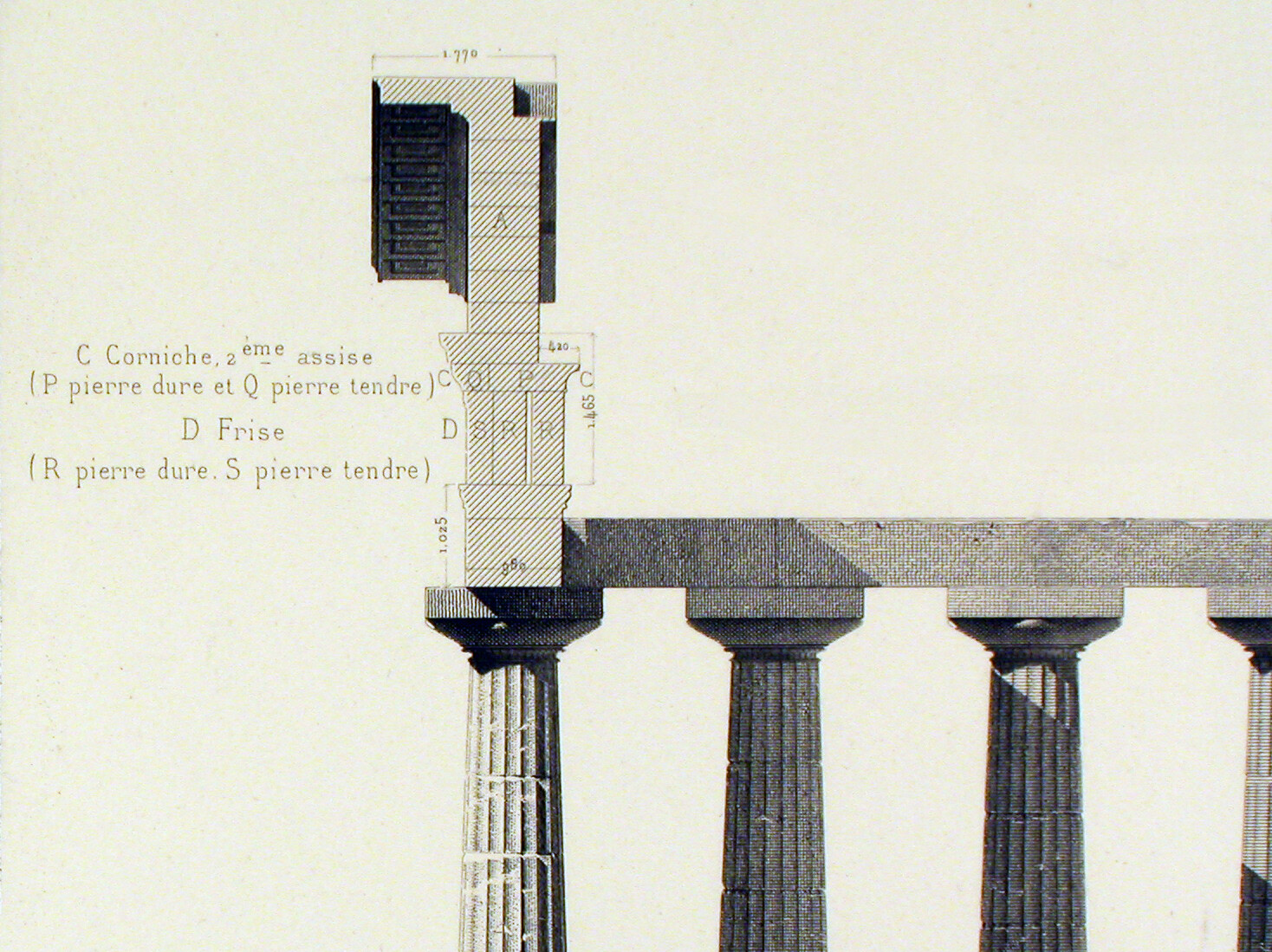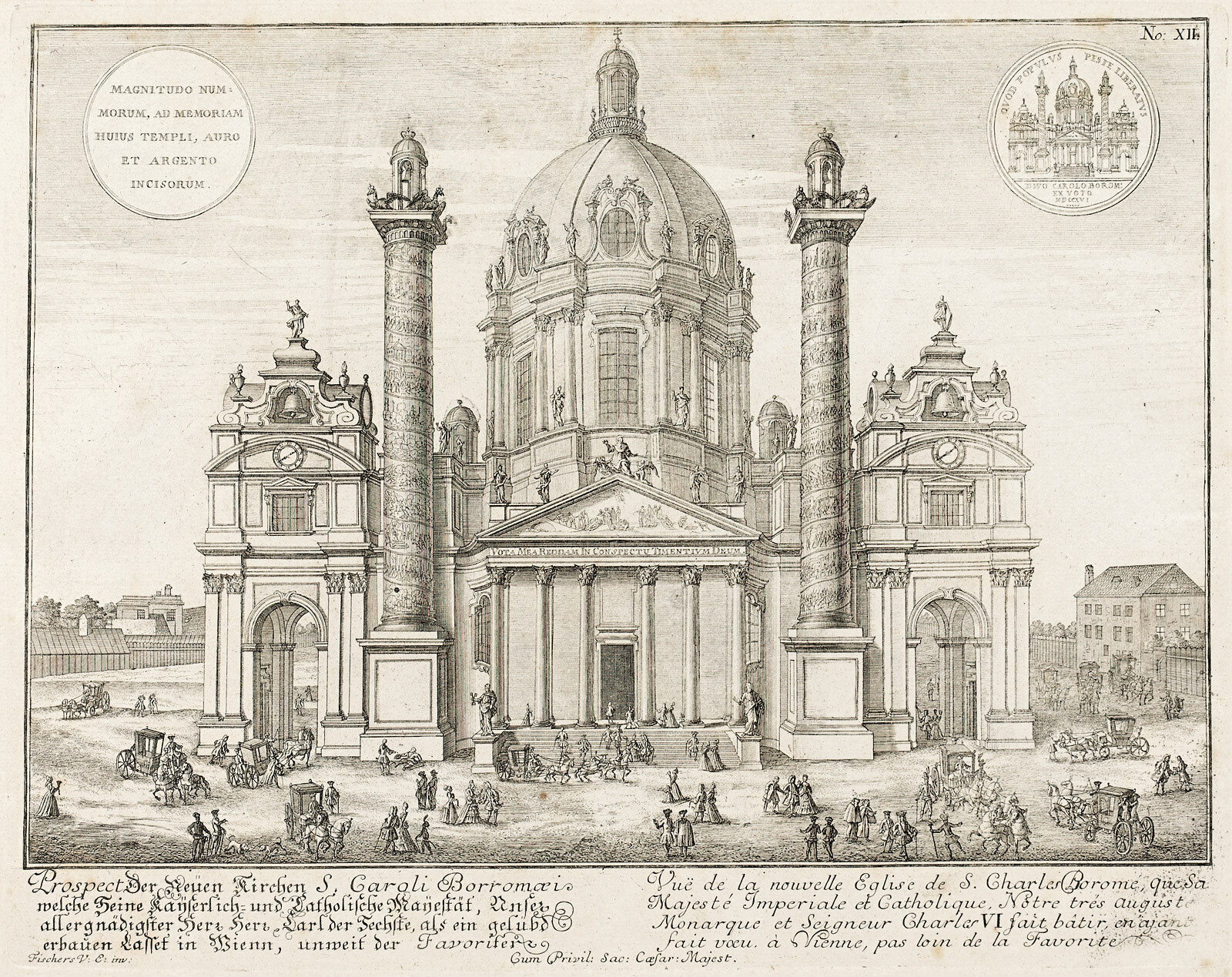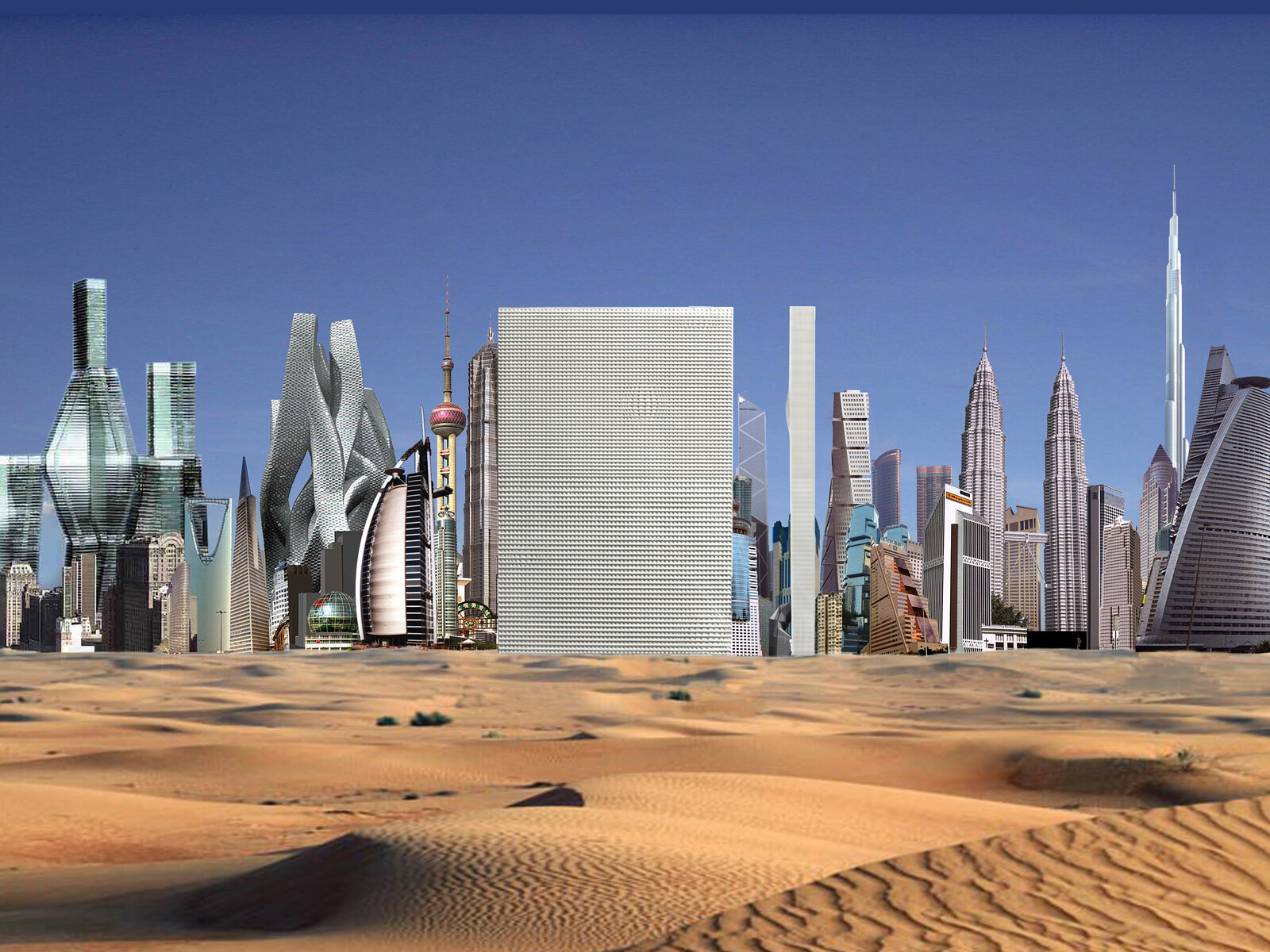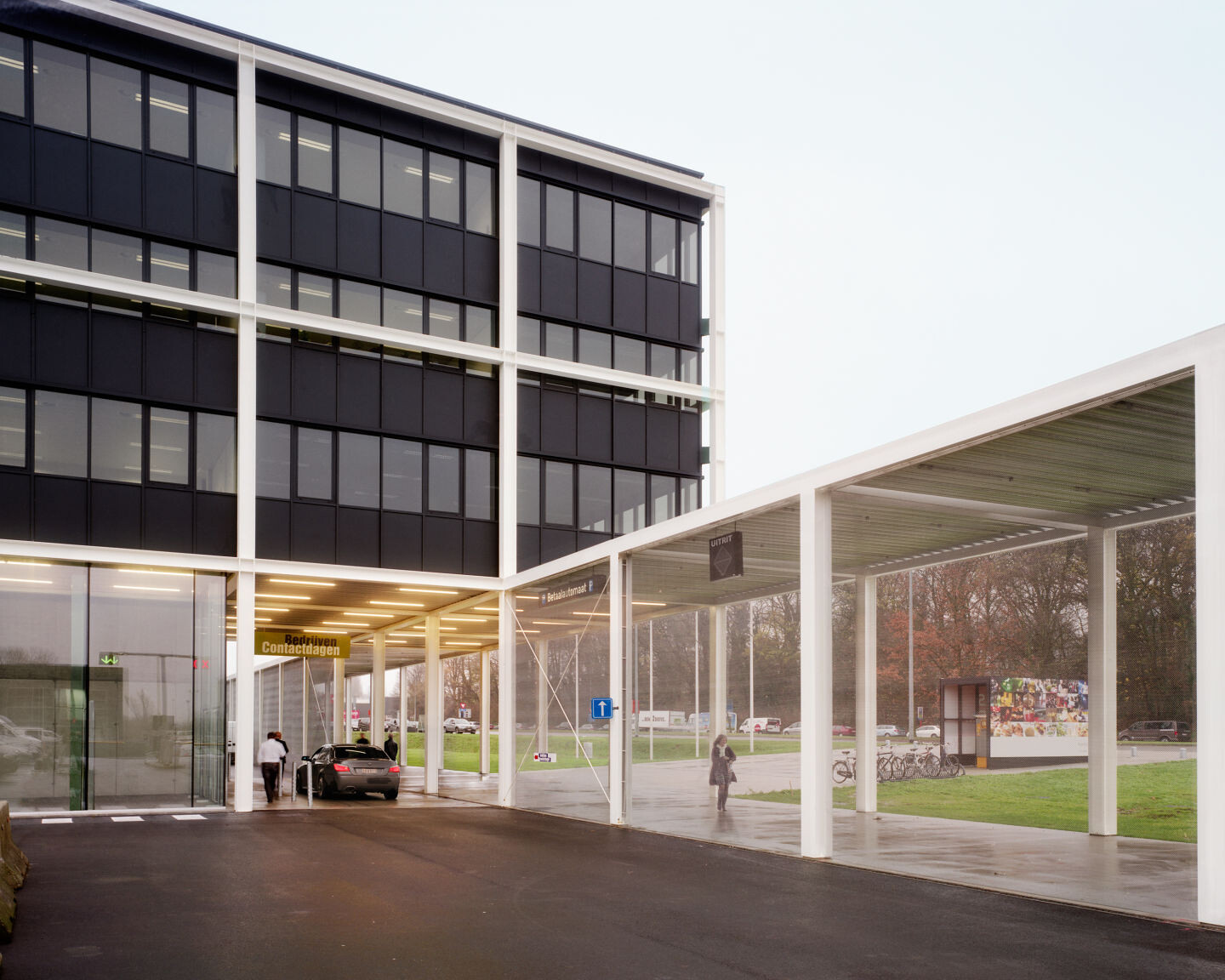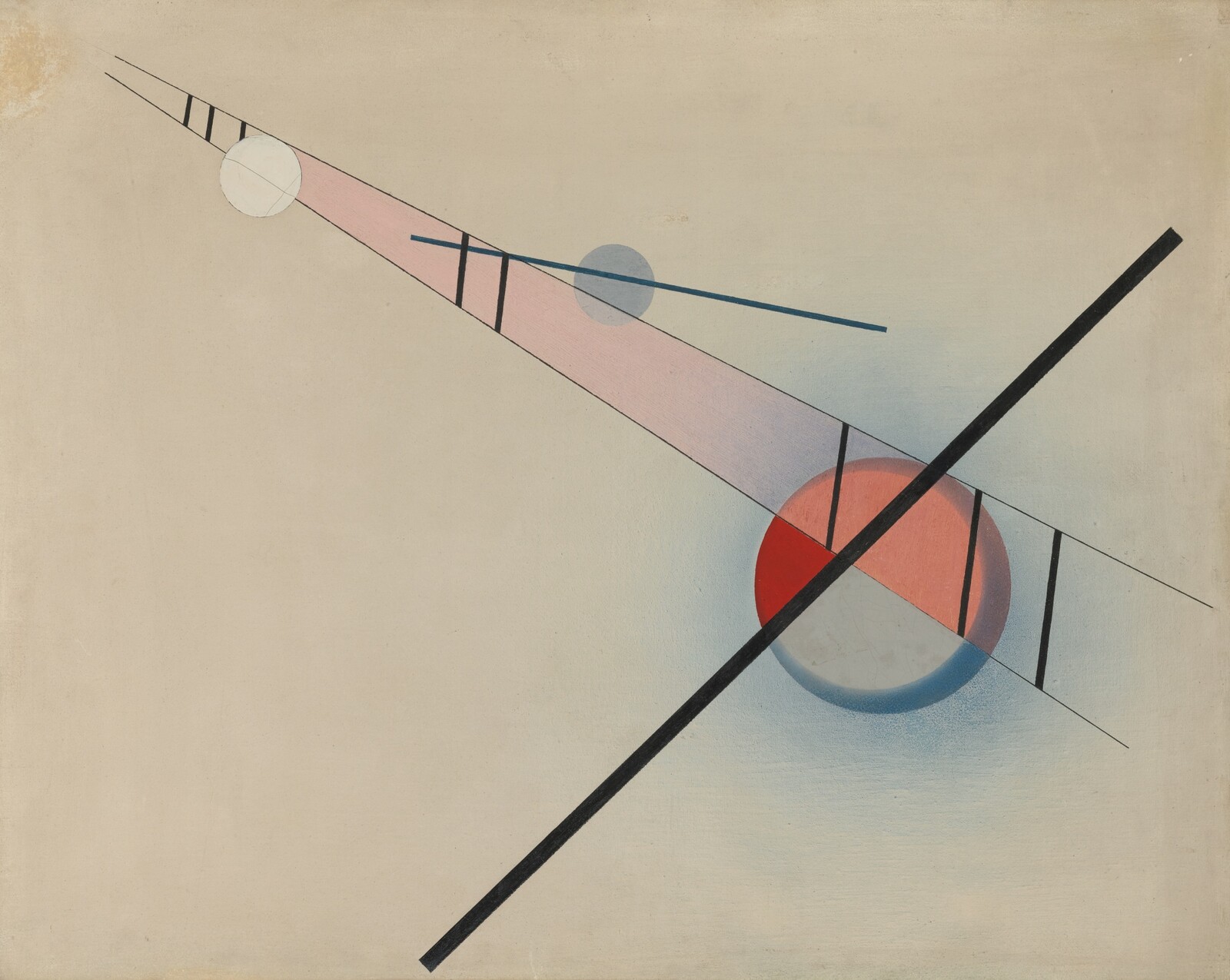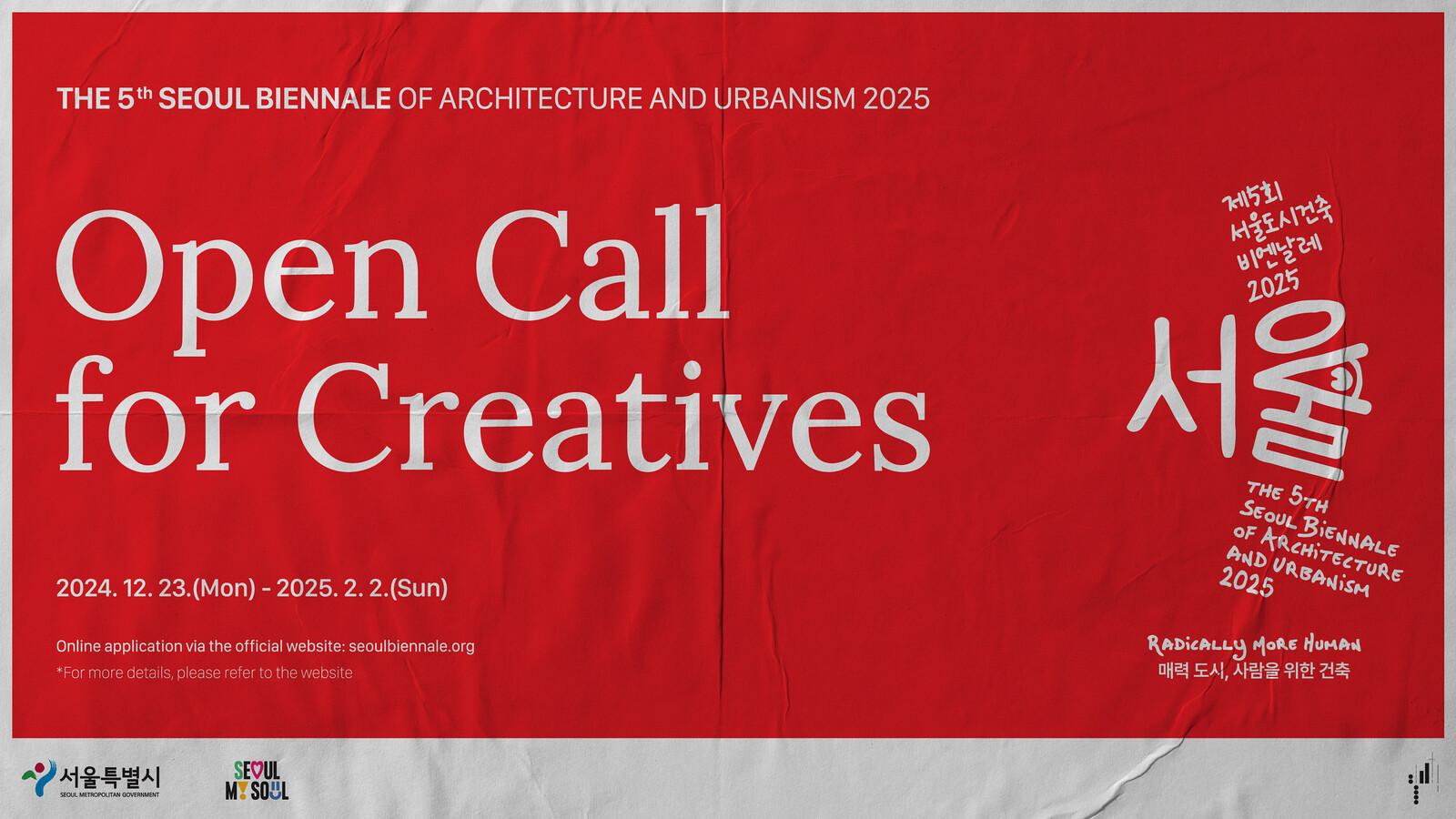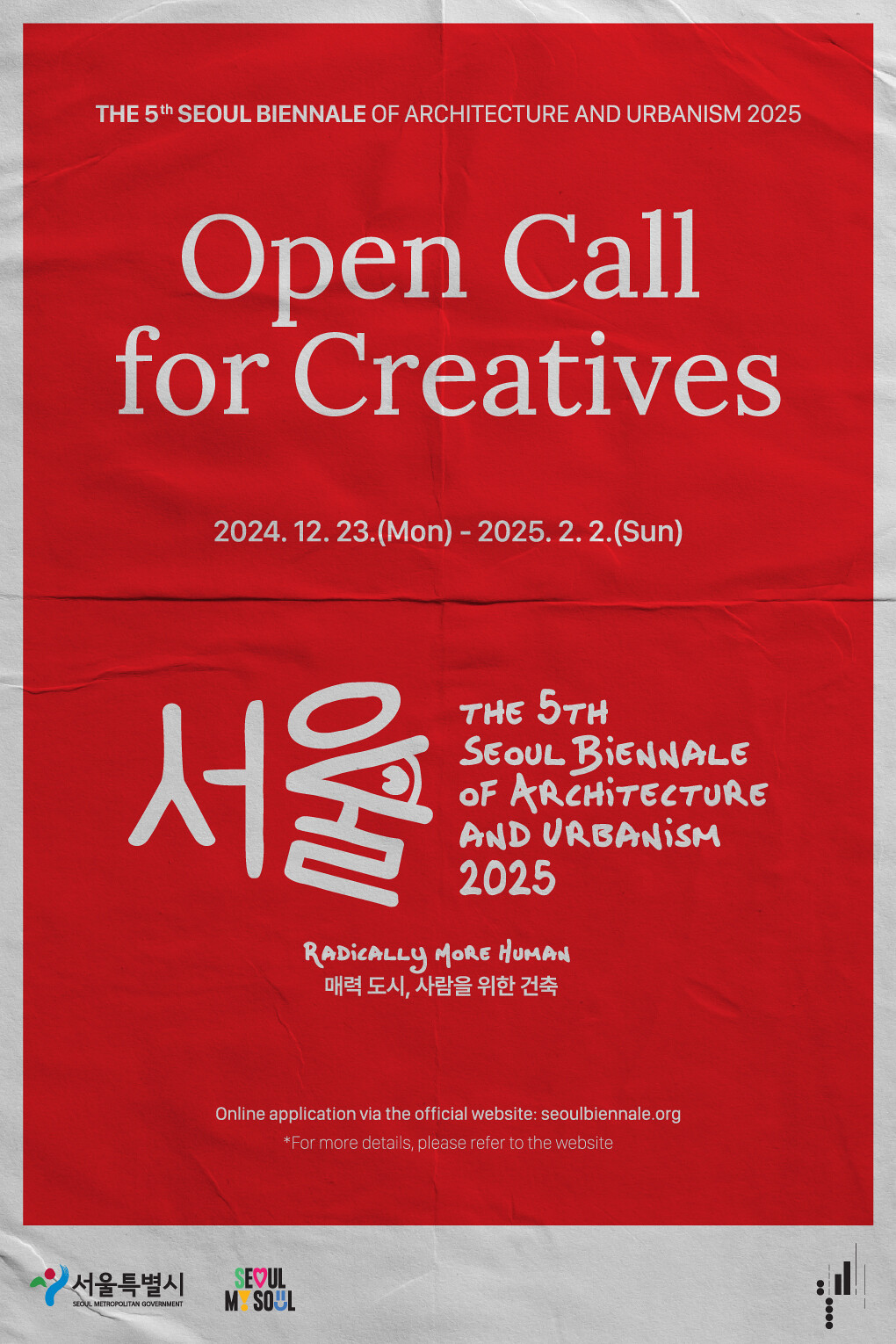History/Theory is a collaboration between the Institute for the History and Theory of Architecture (gta), ETH Zürich and e-flux Architecture, featuring contributions by Richard Anderson, Andreas Beyer, Peter Eisenman, Kurt Forster, Christophe van Gerrewey, Jacques Herzog, Bernd Nicolai, Joan Ockman, Vittoria Di Palma, Stephan Trüby, Philip Ursprung, Richard Wittman, and more.
When the Institute for the History and Theory of Architecture (gta) of ETH Zürich was first founded in 1967, it was one of several comparable initiatives in Germany, France, Scandinavia, the United Kingdom, and the United States. They emerged at a time when calls for a critical revision of modernism and a corresponding re-formulation of the theoretical underpinnings of architecture were particularly shrill. It was also a time when, in a search to legitimate the practice of architecture and to transcend the pragmatic demands of functional, social or technical premises granted to the profession during post-war boom years, architectural practitioners dedicated themselves to historical inquiry and theoretical reflection, incorporating it into the very foundation of their design work. A utopian impulse of self-determination ran through the institutions, with architecture figuring as both means and ends. Yet that project of discursive autonomy surreptitiously effected a retreat from larger socio-political contexts and concerns. Today, such utopian impulses seem to belong to distant past. With new architecture research “clusters,” “competence centers,” and “programs” being pitted against other domains of knowledge on all sides—from art to science and the humanities—in competition for funding and evaluated according to their instrumental standards of measurement, the very concept of an institute dedicated to architectural history and theory—a somewhat open-ended, untimely endeavor—sound rather anachronistic. Yet we would argue that there has never been a greater need for them and their potential to mobilize the writing of history and theory for today.
With the extent to which fields of study and practice have become specialized today, it is even questionable to posit “history” and “theory”—and in some cases “criticism”—as a conglomerate of disciplines. While one can view this as a problem, inhibiting their potential as platforms for synthesis and exchange between different areas of expertise, the absence of overarching theoretical and historical models can also be considered an opportunity. If there is no theoretical framework, no grand narrative, no normative system of values that offers architects orientation today as there might have been fifty years ago, there is a chance to learn from the mistakes of the past, map out new horizons, and work towards more inclusive, global futures. For we should not take for granted the ways in which architecture has been, is, and can be brought into history. It is essential to recognize the fact that the canon of architectural knowledge, which is still largely treated as the basis of the discipline and its pedagogy, is founded upon inherited practices that all too often contradict the very principles put forward by the institutions themselves. Knowledge is produced through a plurality of forms and in a multitude of sites, and not just those sanctioned by privileged traditions.
The task that stands before us today very well might require unlearning what we know and treat to be history and theory in the first place. We need to rethink how it is formed, who it is for, what role it plays, and how it relates to architectural praxis and its cultural field more widely. It is not that architecture is currently in an a-theoretical or a-historical phase, but that it remains frustratingly irrelevant. It has become an academic discipline shaped by academic carriers for academics and not by or for architecture and its challenges. This is why history and theory has never been needed more than it is today, and in its most radical and nuanced forms. The question of a global history is perhaps more urgent than ever, but in order to overcome the past, alternative methods need to be developed, distinct forms of knowledge need to be cultivated, and diverse sets of concerns need to be fostered. And this is why we need institutions. We need to write histories for tomorrow and craft theories to get us there. We need imagine more effective modes of dissemination and retool the ones we currently have. We need to strengthen the relation between history, theory, and practice as both autonomous and interdependent fields. We need to reconsider the role history and theory plays and the way we teach it within the education given to those who aspire towards practice. For in the end, architectural history and theory can not only make the voice of architecture heard on the level of politics, but also to make the voice of politics heard within architecture.
History/Theory is a collaboration between the Institute for the History and Theory of Architecture (gta), ETH Zürich and e-flux Architecture.
History/Theory is a collaboration between the Institute for the History and Theory of Architecture (gta), ETH Zurich and e-flux Architecture.
